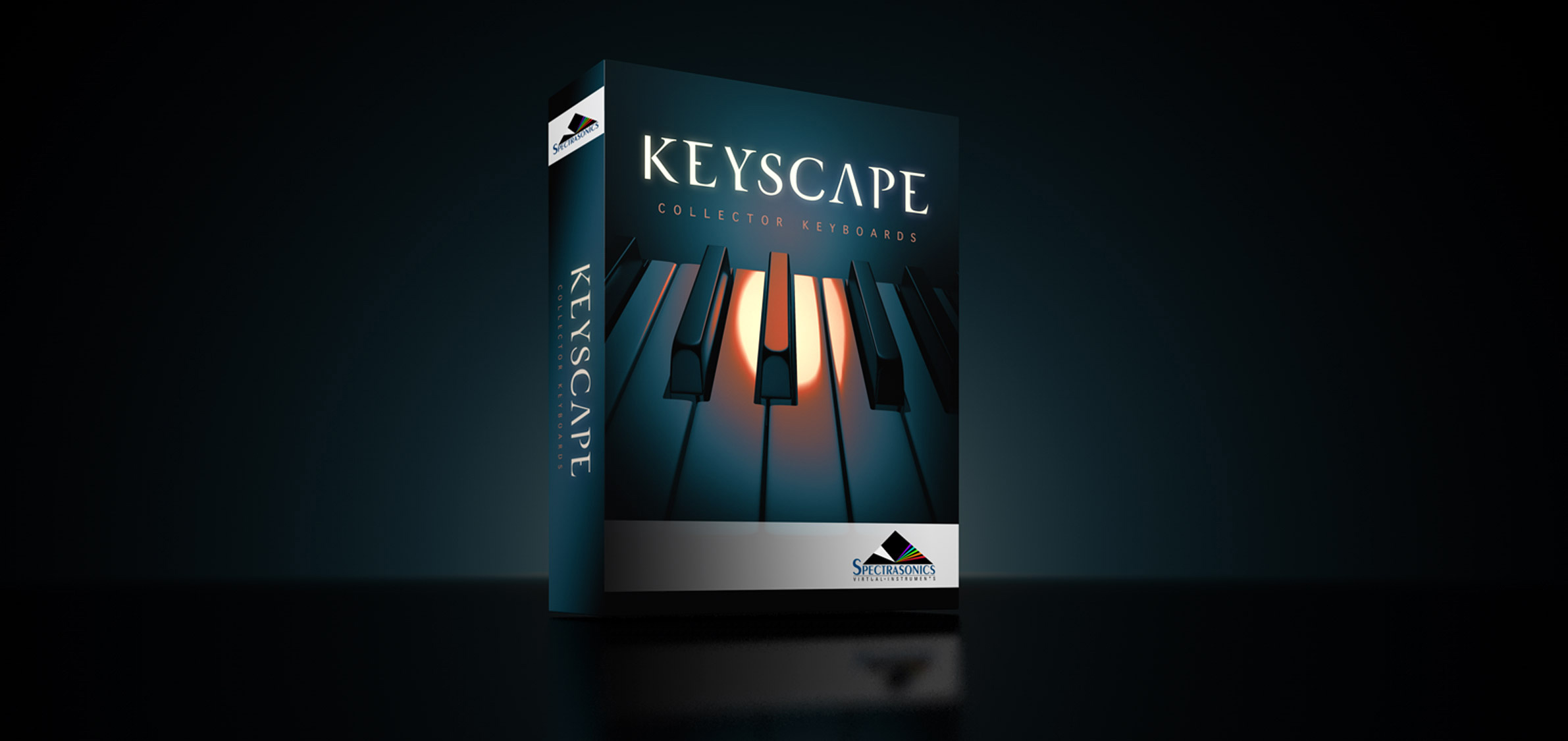
Invented in 1886, the Celeste was named for its celestial, heavenly sound. This instrument was built by the Simone Brothers in the late 1940s in New York. Simone models were known for a mellower sound than their European counterparts, and pickups were available as a factory option to increase the volume via an amp. We captured ours in great detail with stereo close mics, room mics, and its original, vintage ribbon pickup.
Invented in 1886, the Celeste was named for its celestial, heavenly sound. This instrument was built by the Simone Brothers in the late 1940s in New York. Simone models were known for a mellower sound than their European counterparts, and pickups were available as a factory option to increase the volume via an amp. We captured ours in great detail with stereo close mics, room mics, and its original, vintage ribbon pickup. Descended from the Dulcitone, the Celeste design replaced the tuning forks with metal bars, much like a Glockenspiel. Since the bars are struck with felted hammers, the sound is mellower than the Glock. Most notably used in Tchaikovsky's "The Nutcracker," and featured in "Mr. Rogers' Neighborhood," you'll recognize it in a myriad of film scores and recordings by artists such as Art Tatum, the Beatles and Bjork.
Resources: Keyscape Reference Guide
All musical instrument manufacturer and product names used in Keyscape are trademarks of their respective owners, which are in no way associated or affiliated with Spectrasonics. The trademarks of other manufacturers are used solely to identify the products of those manufacturers whose tones and sounds were studied during Spectrasonics sound development. All names of musical artists and instrument inventors have been included for illustrative and educational purposes only and do not suggest any affiliation or endorsement of Keyscape by any artist or instrument inventor.